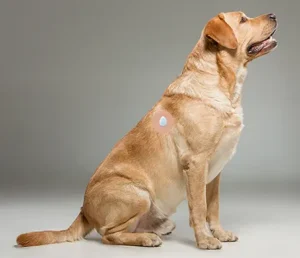Diabetes in pets, particularly in cats and dogs, is a condition where the body either doesn’t produce enough insulin or doesn’t respond properly to insulin.
Insulin is a hormone that helps regulate blood sugar (glucose) levels. Without enough insulin, glucose cannot enter cells, leading to high blood sugar levels.
There are nearly 4 millions of dogs and cats are diabetic in US and European countries alone.
Symptoms of Pet Diabetes
- Increased Thirst and Urination: Pets may drink more water than usual and urinate frequently.
- Weight Loss: Despite a good appetite, pets may lose weight.
- Increased Appetite: In some cases, pets may eat more than usual.
- Lethargy: They may seem more tired or sluggish than usual.
- Vomiting: Some pets may vomit intermittently.
- Change in Vision: Diabetic cataracts can develop, leading to changes in vision.
Treatment of Pet Diabetes
- Insulin Injections: Most diabetic pets require insulin injections to help regulate their blood sugar levels. The dosage and frequency of insulin injections will be determined by the veterinarian.
- Dietary Management: A consistent, balanced diet is essential for diabetic pets. Special diabetic diets low in carbohydrates may be recommended.
- Regular Exercise: Regular physical activity can help regulate blood sugar levels and maintain overall health.
- Monitoring: Regular monitoring of blood sugar levels at home may be necessary, along with periodic check-ups with the veterinarian.

